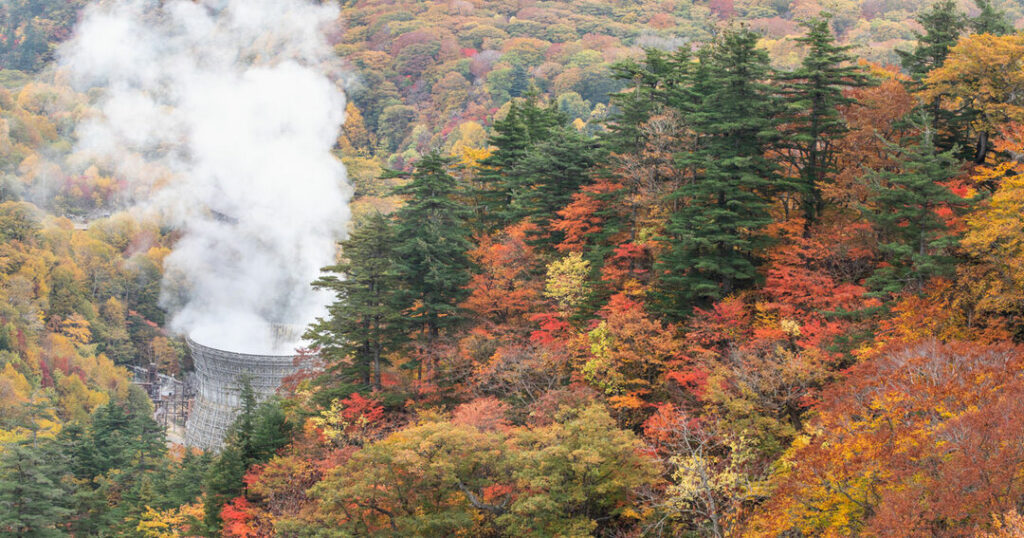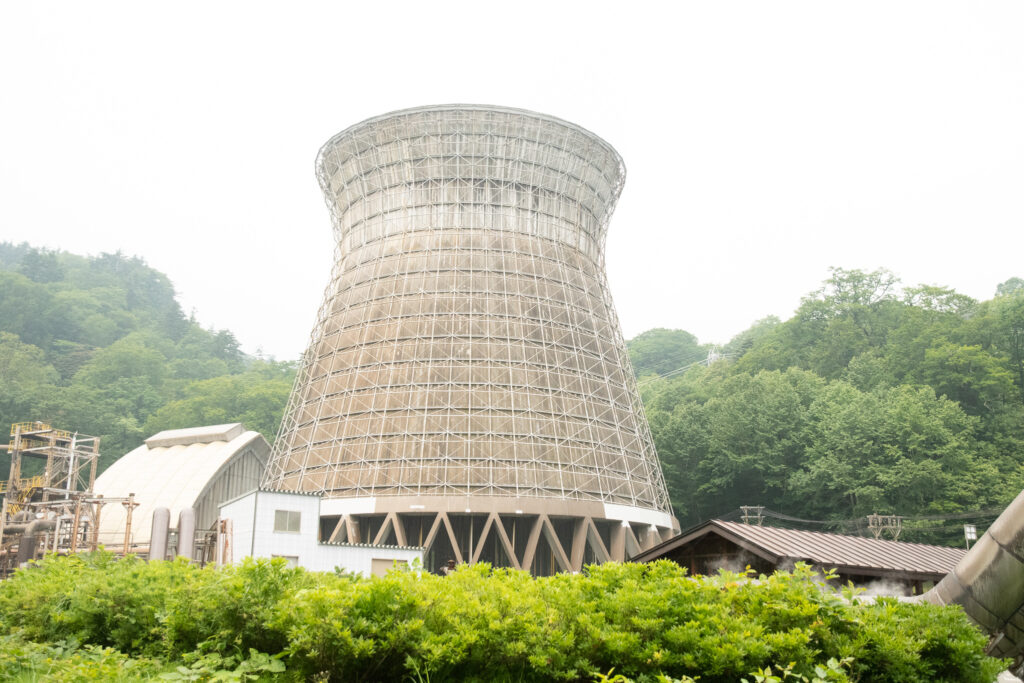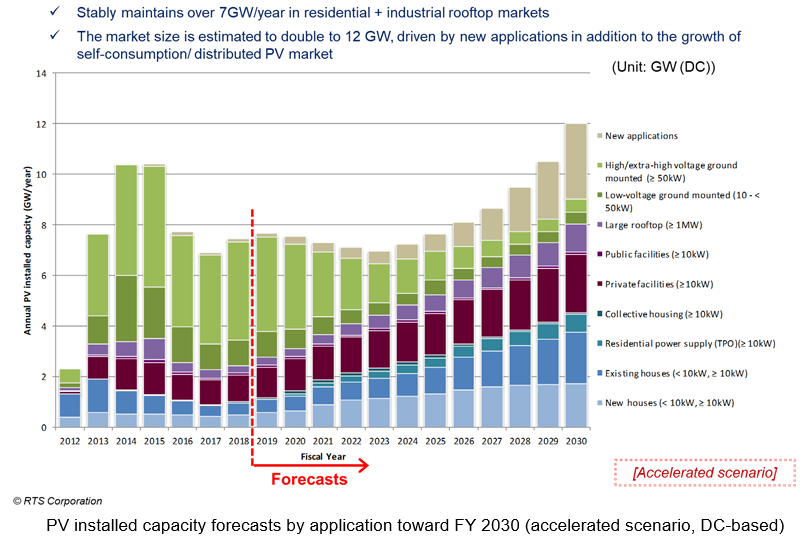The Challenges
Geothermal plants use less land per gigawatt than do coal-, wind-, or solar-powered stations. They emit little or no greenhouse gases and consume less water on average over the lifetime energy output than most conventional energy generation technologies. And because the steam and water retrieved from the ground can be injected back into the earth to replenish the source, hydrothermal energy is renewable. The baseload is stable, producing electricity consistently 24 hours a day, seven days a week, in all weather conditions.
Data published by the Ministry of Economy, Trade and Industry (METI) claims that Japan has the third most plentiful geothermal resources in the world after the United States and Indonesia. Together with the technological expertise amassed by workers at plants like Matsukawa, and manufacturers such as Toshiba and Mitsubishi ranking among the world’s top suppliers of geothermal turbines, surely Japan has what it takes to reduce its dependence on imported fossil fuels. Why, then, has its geothermal industry lagged?
One reason is that geothermal plants take longer to build, and produce less power, than fossil-fuel power stations. As they are typically located in remote areas, up-front construction costs are high. In addition, costly test drilling to determine whether conditions are suitable for geothermal generation has largely been left up to private developers. With much of Japan’s geothermal resources lying within national parks or protected lands, scenic and environmental concerns about drilling, combined with the high preliminary costs with no guarantee of success, have effectively preempted private-sector investment in the industry.
The Effect of the Tohoku Earthquake and Tsunami of March 2011
That status quo shifted after the Tohoku earthquake and tsunami of March 2011 and the subsequent triple meltdown disasters at the Fukushima Daiichi nuclear power plant. In July 2012 the national government enacted the Feed-In Tariff (FIT) policy, an incentive structure designed to create a virtuous cycle of investment, innovation, and cost reduction in support of renewable energy. The move has worked to geothermal’s advantage, and change seems on the horizon.
Toward its stated goal of increasing the amount of electricity produced from renewable sources from 16 percent of the total in fiscal year 2017 to between 22 and 24 percent by fiscal year 2030, Japan’s government says it will play a greater role in developing geothermal resources. From April 2020 the state-owned Japan Oil, Gas and Metals National Corporation (JOGMEC), overseen by METI, will conduct the financially risky early-phase test bores on behalf of potential developers. Japan’s Agency for Natural Resources and Energy (ANRE), a division of METI, estimates that in 2030 domestic geothermal capacity will reach 1.4 million kilowatts, nearly triple the present-day amount in 2019. In the Tohoku area, the Matsuo-Hachimantai Geothermal Power Plant, a 7,499-kilowatt flash-steam facility with the capacity to meet the hot water and electricity needs of 15,000 average households, opened in January 2019. Three more plants in Iwate Prefecture, and one in Akita, are under development as of November 2019. Tohoku Sustainable & Renewable Energy Co., Ltd., the operator of the Matsukawa plant, aims to double its total 2017 output from geothermal, hydroelectric, wind-, and solar-powered facilities to around 40,000 kilowatts by 2030.




Matsukawa Geothermal Plant Visit
While the working plant in Matsukawa is not open to the public, visits to the on-site Matsukawa Geothermal Hall can be made between 9:00 a.m. and 4:00 p.m. any weekday but Tuesday from May to mid-November, with no advance reservation. Films (in Japanese) relating the history of the facility include dramatic vintage footage of workers drilling to reach the first underground reservoirs of steam. Artifacts on display, such as drill bits designed to cut through stone, boring samples, and turbine rotor blades constructed of high-chromium heat-resistant 12CR steel, will be of special interest to engineers or young aspiring ones. Also occupying pride of place here is the original turbine, retired in 1993 after more than a quarter of a century of service. Presentations by a member of the engineering staff can be arranged by prior appointment.
By bus Matsukawa Geothermal Power Plant is just under two hours from Morioka Station. By car the plant is 25 minutes from the Matsuo-Hachimantai exit of the Tohoku Expressway.
Matsukawa Geothermal Power Plant / Matsukawa Geothermal Hall
Matsuo Yoriki, Hachimantai-shi, Iwate 028-7302
The Matsukawa Geothermal Power Plant is owned by Tohoku Sustainable & Renewable Energy Co., Ltd. Find out more about its operations at
tousec.co.jp.
Matsuo-Hachimantai Geothermal Power Plant
1-1 Akagawayama, Matsuo Yoriki, Hachimantai-shi, Iwate 028-7302
The Matsuo-Hachimantai Geothermal Power Plant is owned by Iwate Geothermal Power Co., Ltd. Find out more about its operations at
jogmec.go.jp.
***
See visitiwate.com for information on things to do throughout Iwate Prefecture.

